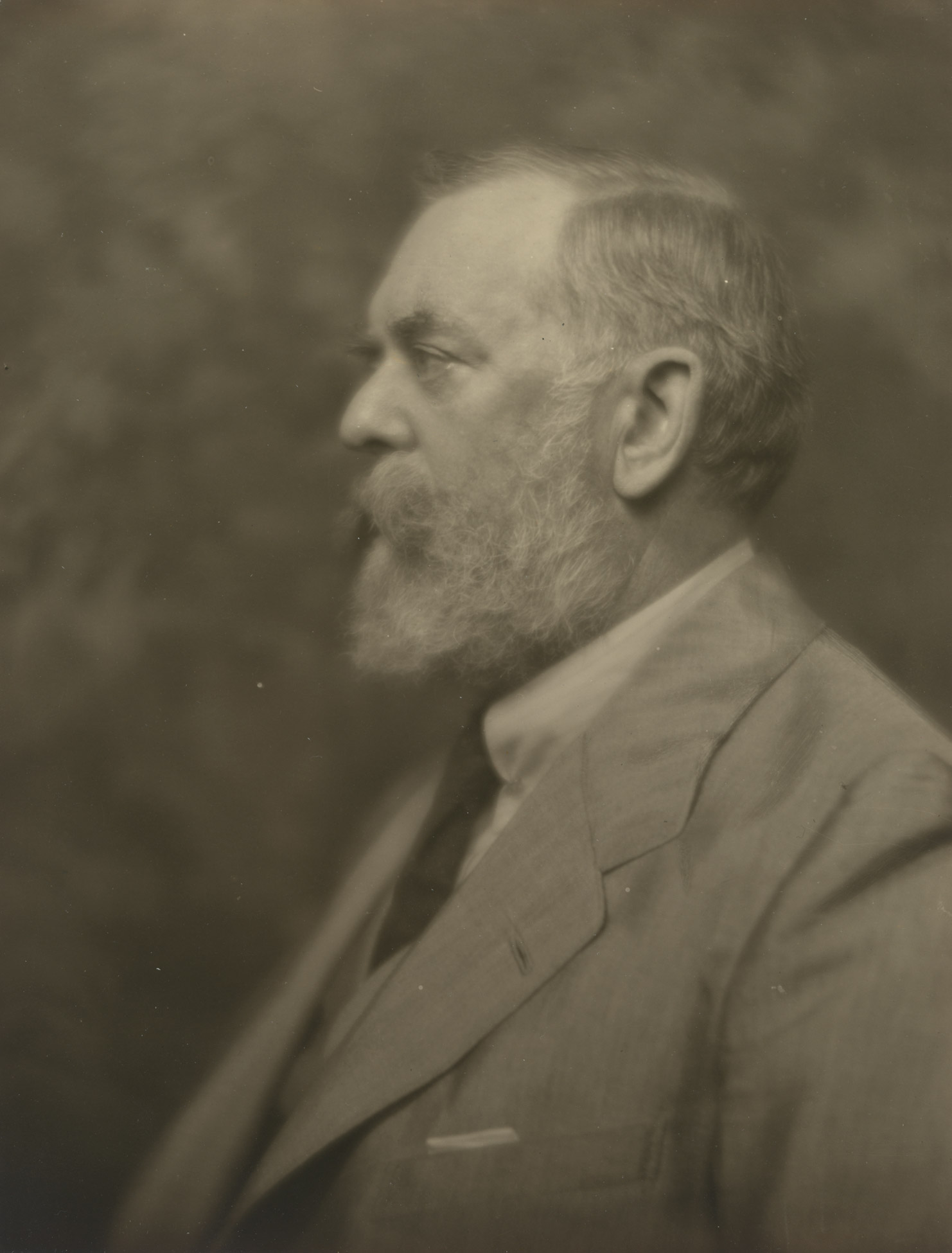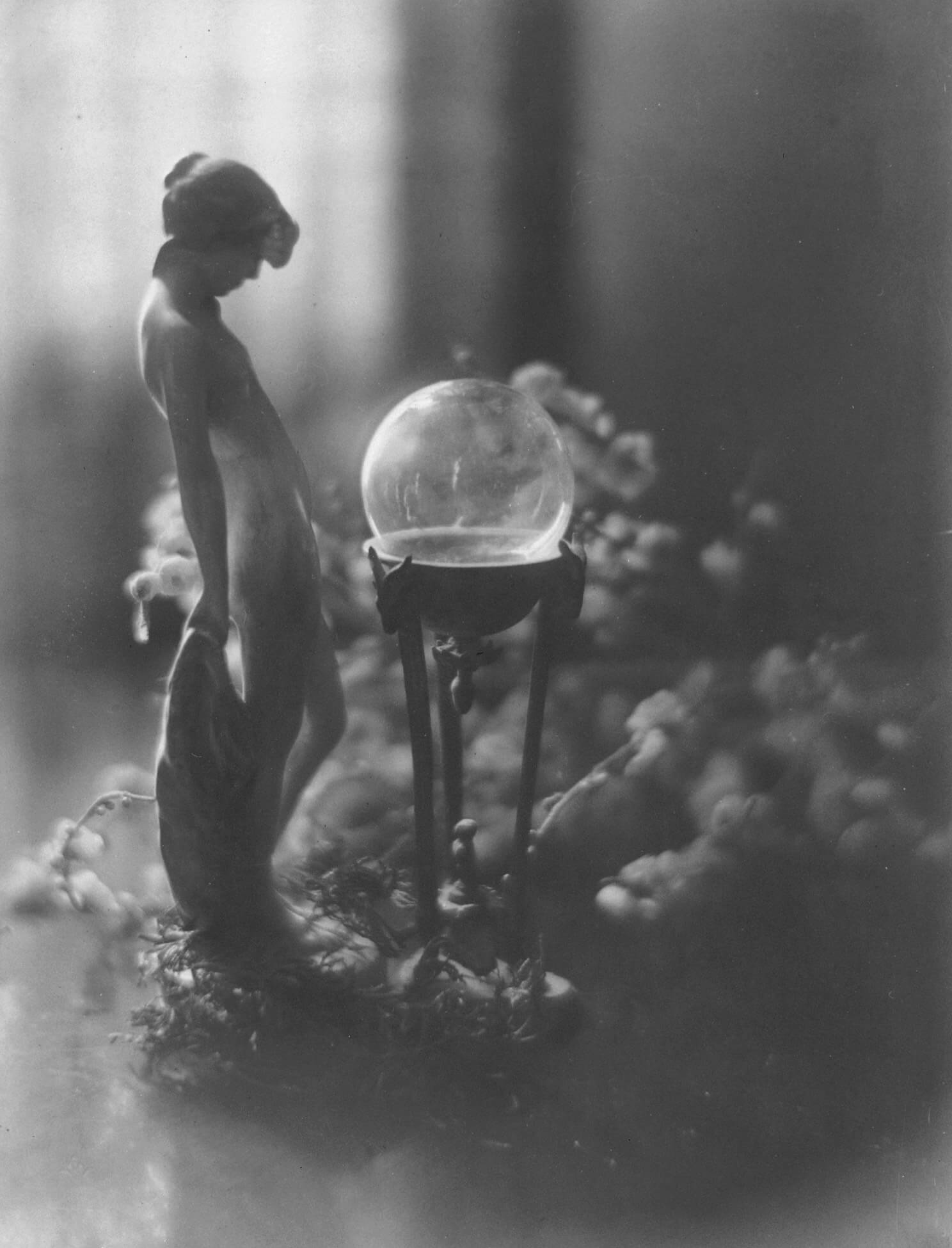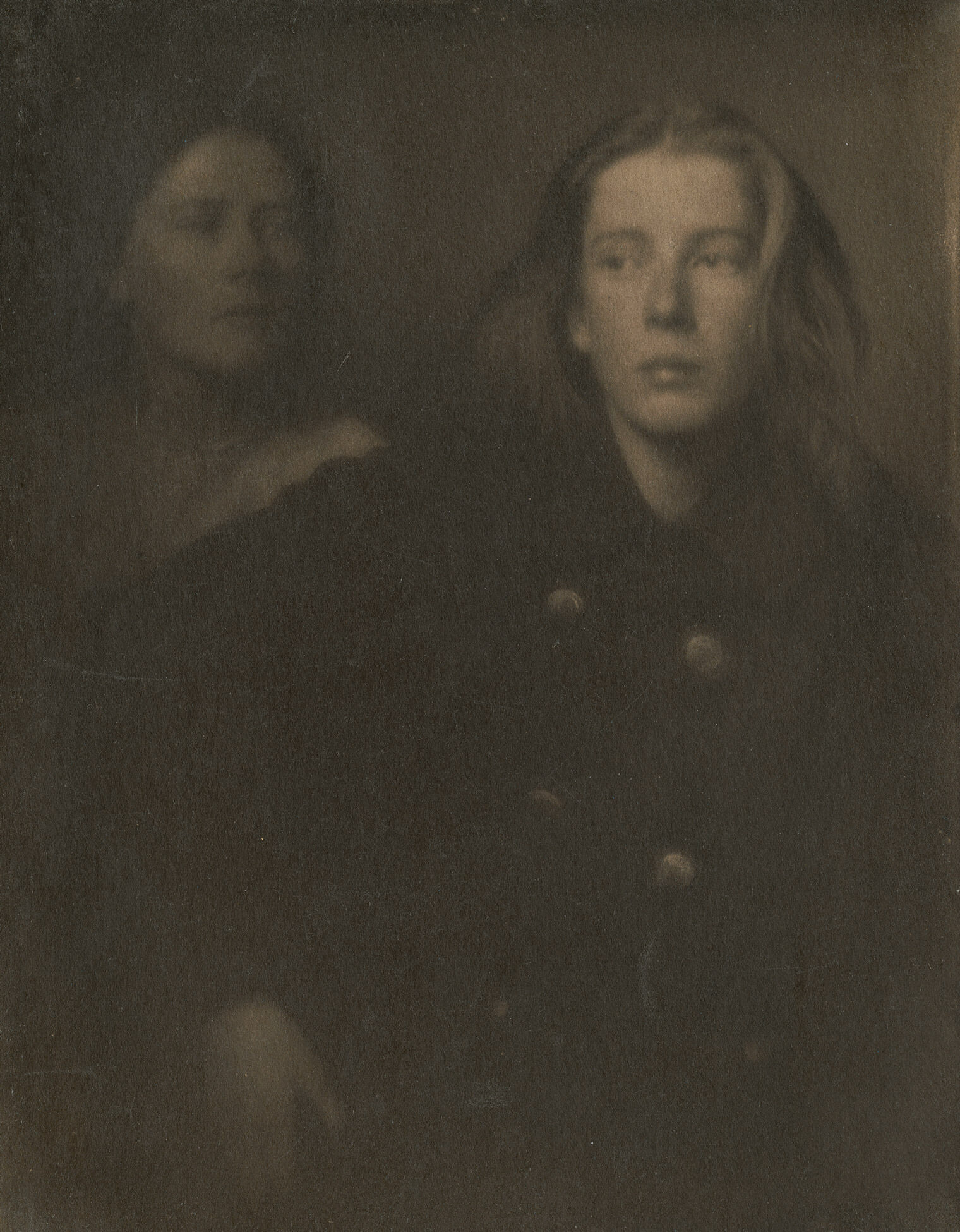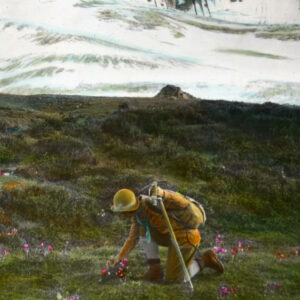Sidney Carter (1880, Toronto–1956, Montreal)

John Singer Sargent, 1920
Gelatin silver print, 21.6 x 16.5 cm
Isabella Stewart Gardner Museum, Boston
Softly rendered in sepia tones, this portrait of John Singer Sargent (1856–1925) by Sidney Carter (1880–1956) captures the painter famous for his bold, colourful portraits in profile. Carter’s homage to Sargent is fitting because he contributed to the Pictorialist movement, which sought to have photography celebrated as an art form. As both a photographer and an organizer of exhibitions, Carter tried to make connections between Canadian art and photography and international movements and leading figures. The photograph is a pivotal one in Carter’s career: it was exhibited at the London Salon in 1921 and published in Vanity Fair in 1924.


Born in Toronto, Carter began his career in the Toronto Camera Club and was the first Canadian member (1902) of the New York–based Photo-Secession, founded by Alfred Stieglitz (1864–1946). Both Carter and Stieglitz focused on creating an audience for photographic art by exhibiting and selling Pictorialist work, and the two artists corresponded for many years. Like Stieglitz and other Pictorialists, Carter favoured the platinum process (platinotype) for aesthetic reasons; this method produced a wider range of tones, as can be seen in Phryné, 1914.
In 1906, with the financial help of fellow Pictorialist Harold Mortimer-Lamb (1872–1970), who was also a mining engineer and art critic, Carter opened a portrait studio and later an art gallery in Montreal. The following year he mounted an international exhibition of photography in the galleries of the Art Association of Montreal, with the desire to promote Pictorialism as well as his own work. However, his partnership with Lamb did not last long and Carter was compelled to take an office job with Canadian Pacific Railway, which was followed by work in the prominent Montreal art gallery William Scott & Sons in 1909.
In 1910, the Buffalo Fine Arts Academy (later the Albright-Knox Art Gallery) included two of Carter’s portraits in a major international exhibition of art photography featuring photographers from Europe and North America. By then Carter was known for photographs like The Sisters, c.1906, and would continue to explore Pictorialist portraiture. In the ensuing years Carter opened another gallery and remained active in the Montreal arts scene, although he only exhibited sporadically.

 About the Authors
About the Authors
 More Online Art Books
More Online Art Books
 Acknowledgements
Acknowledgements